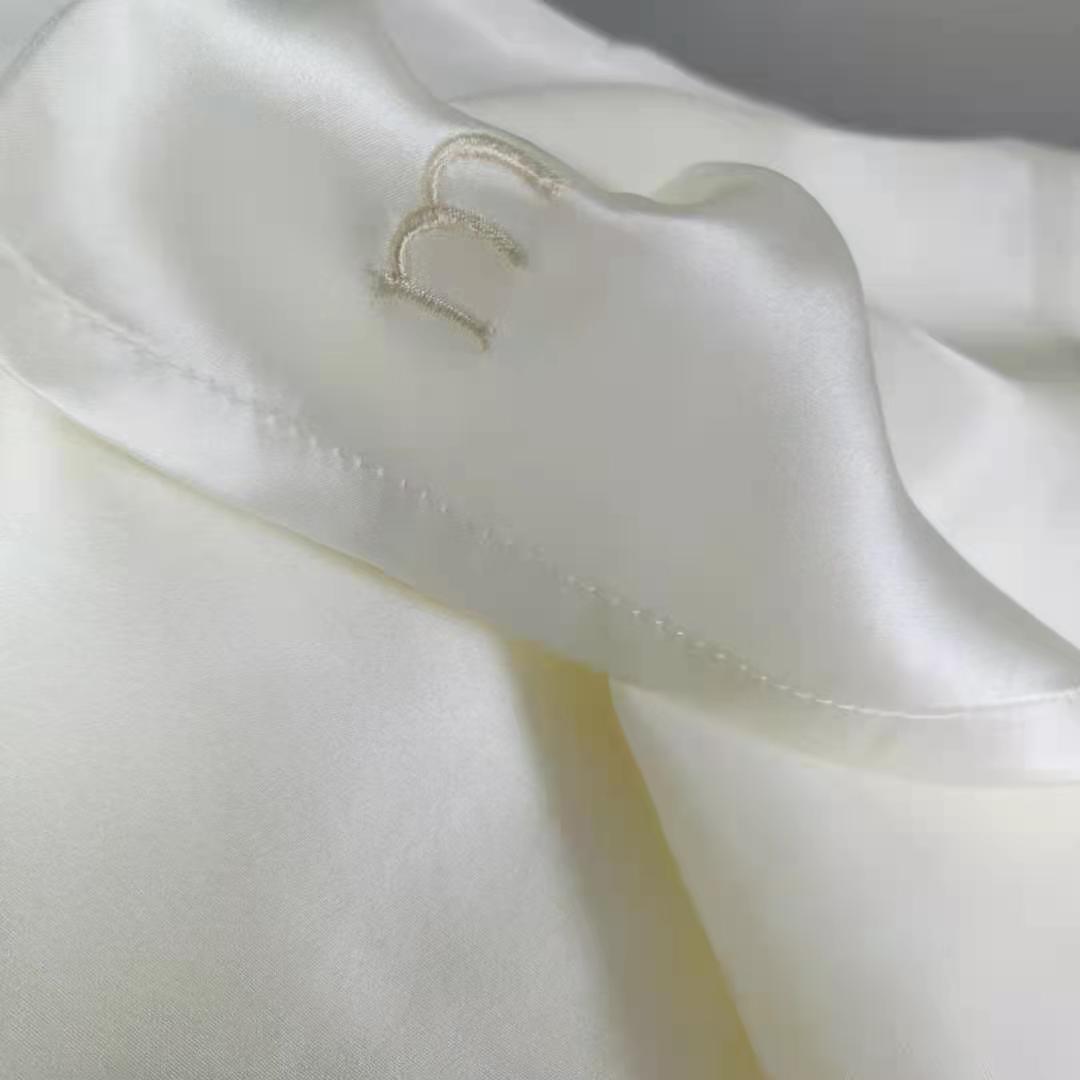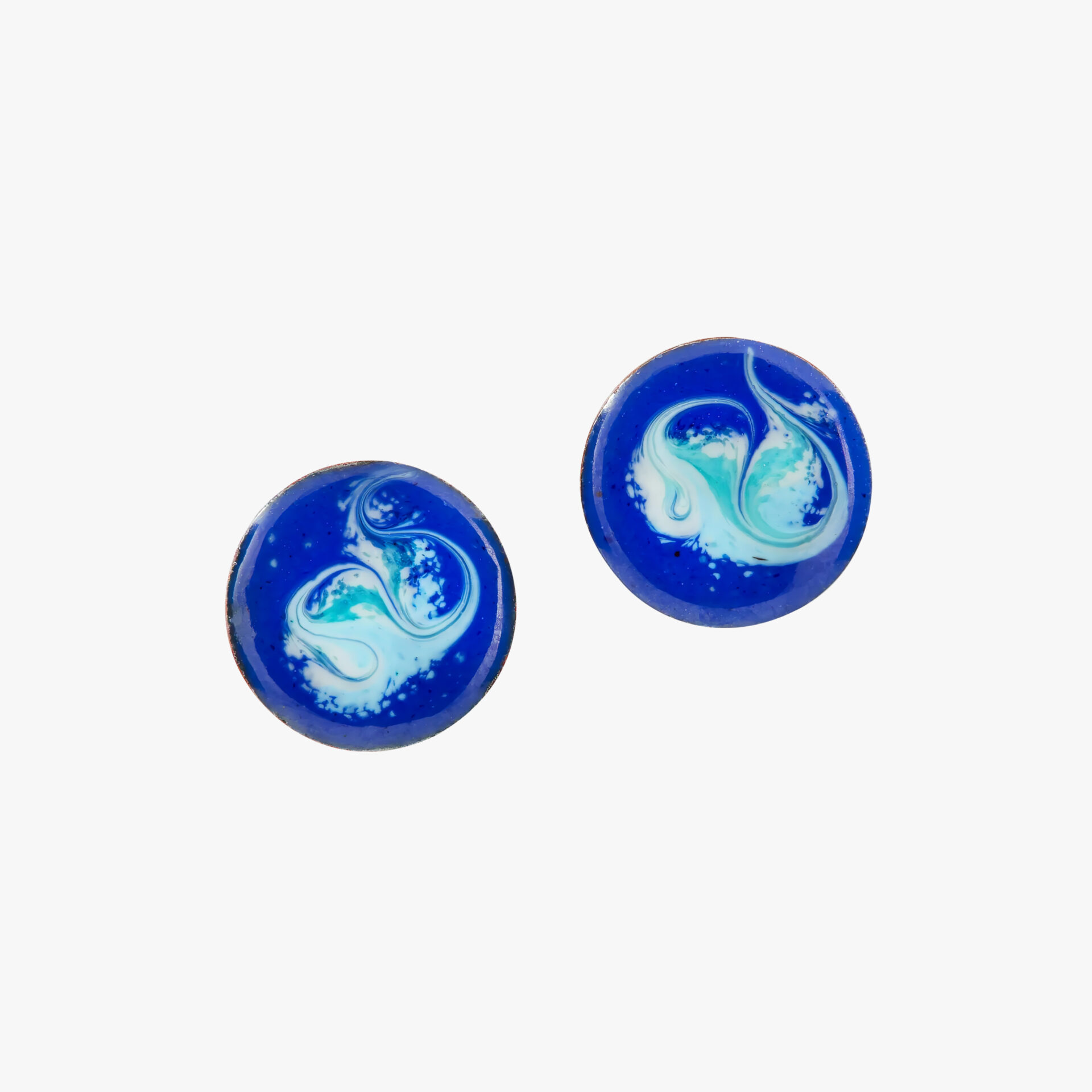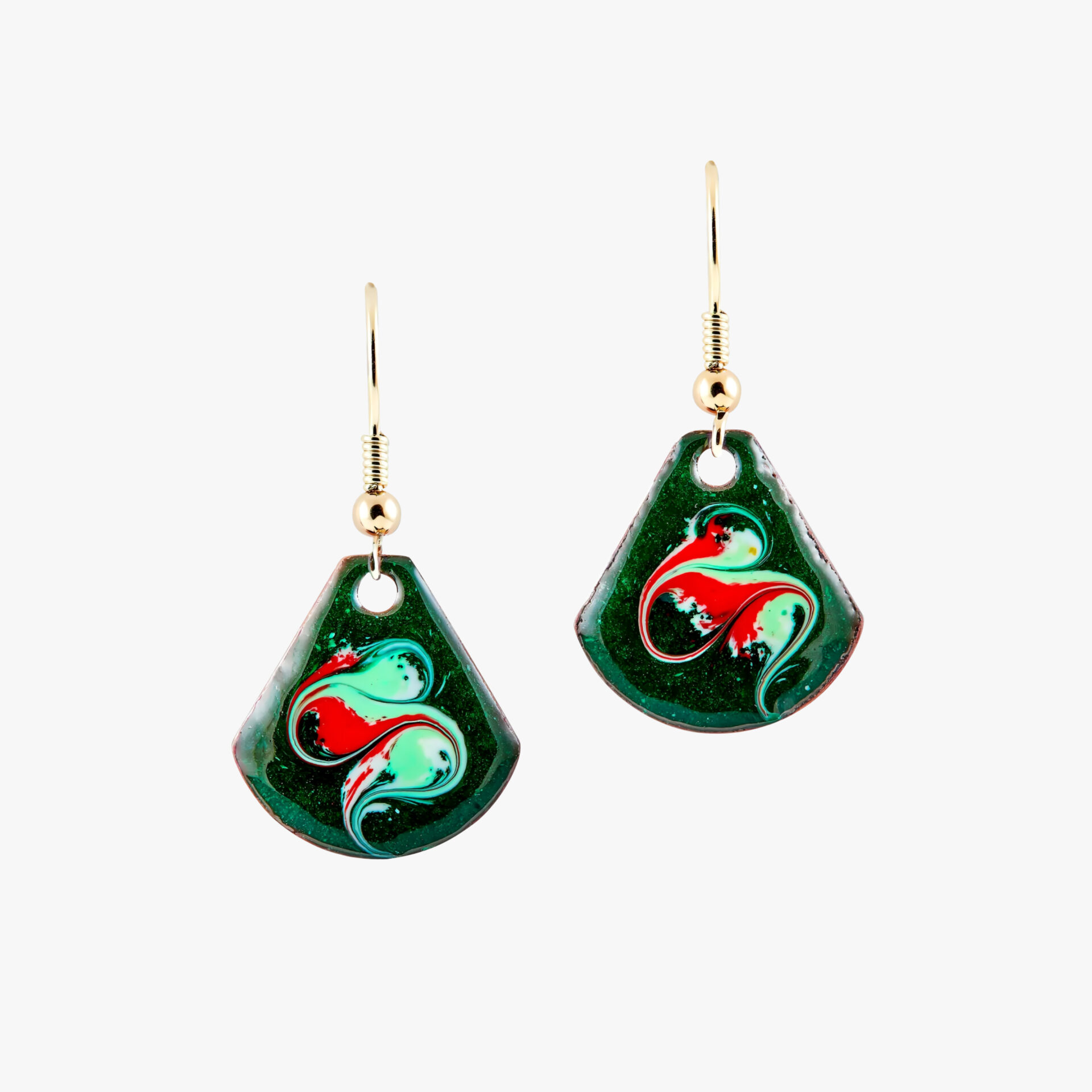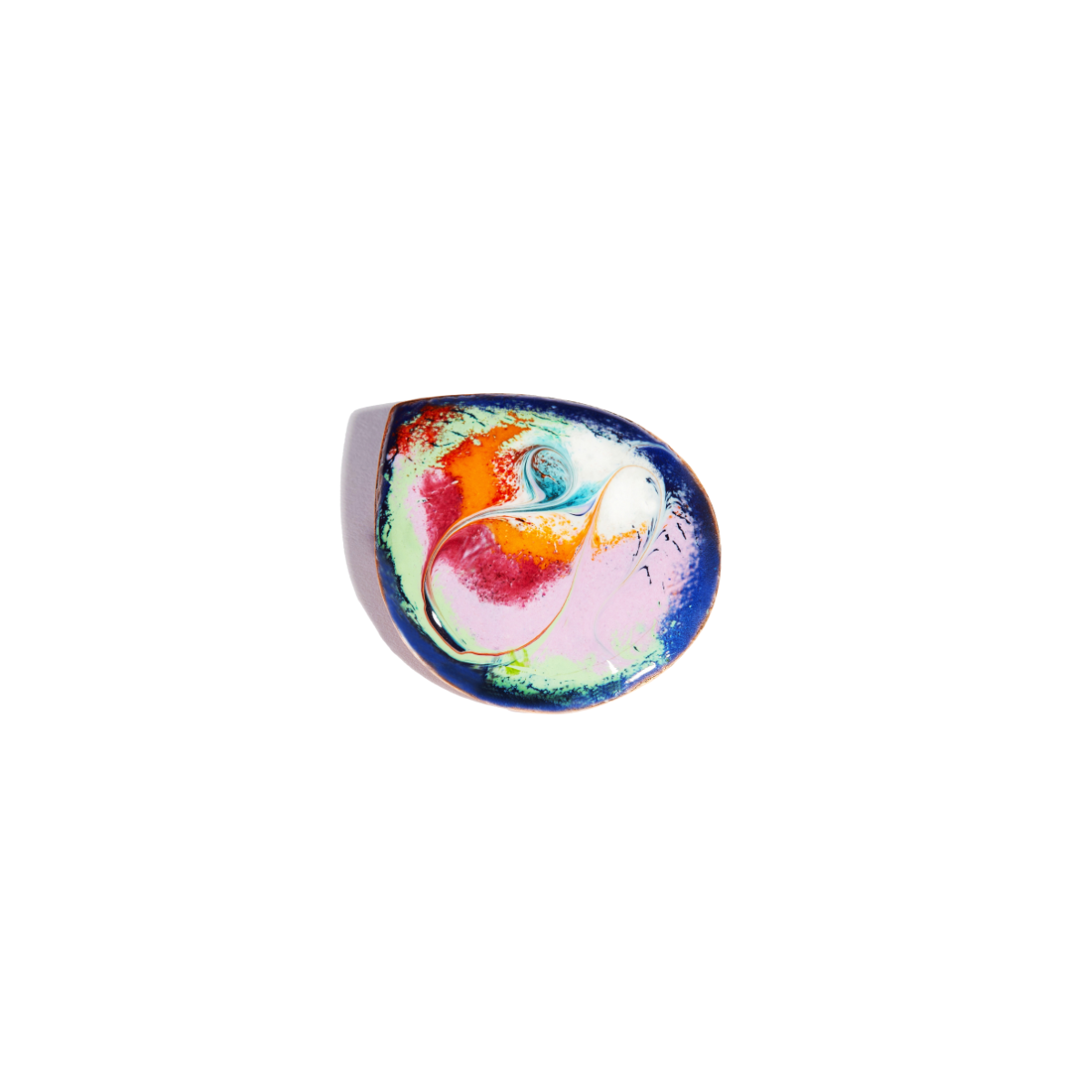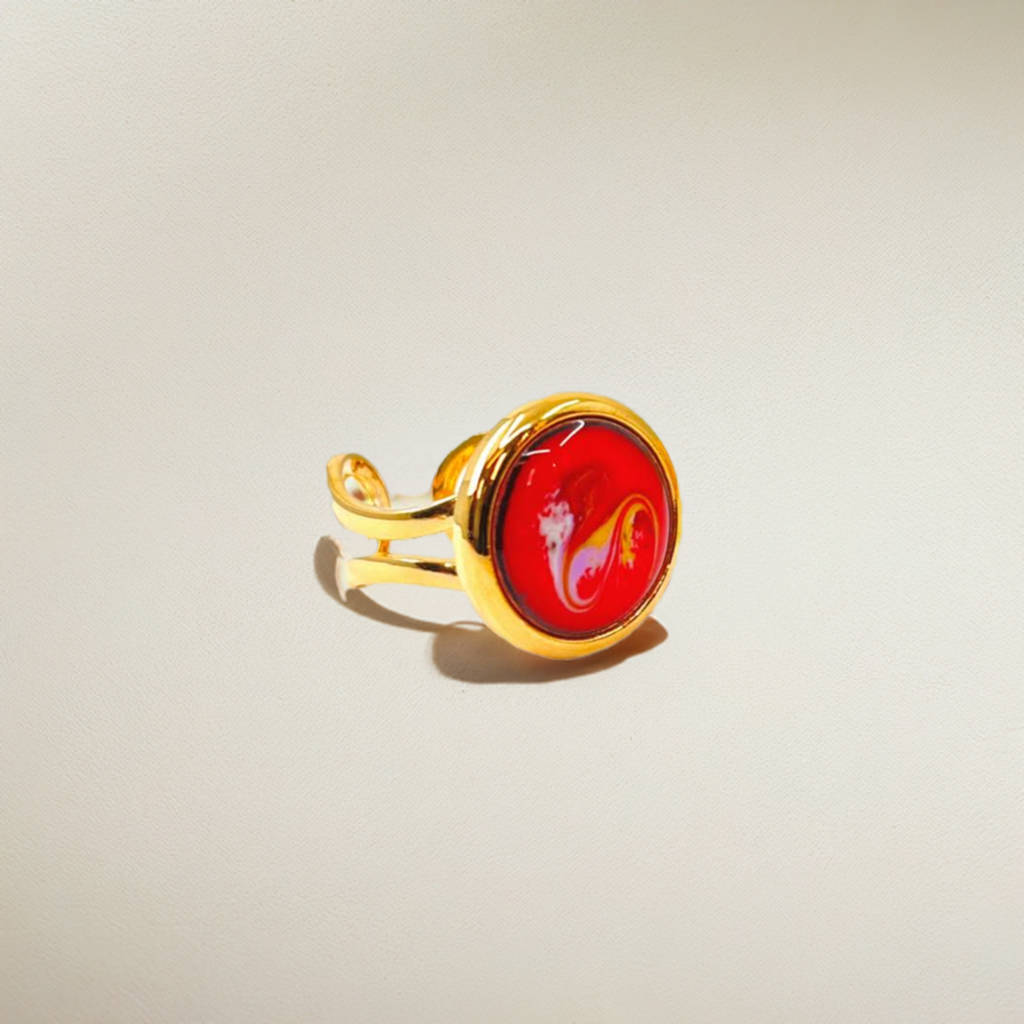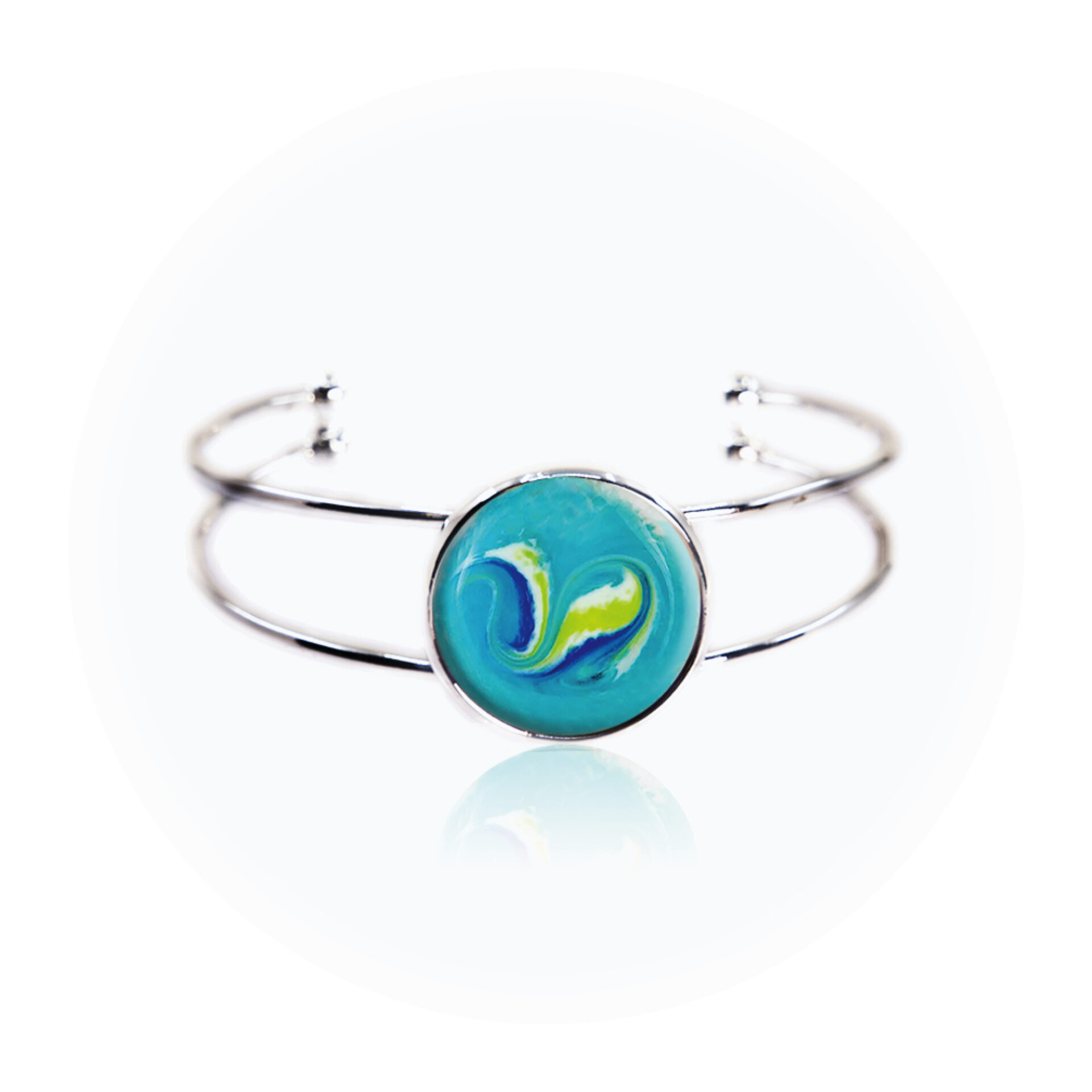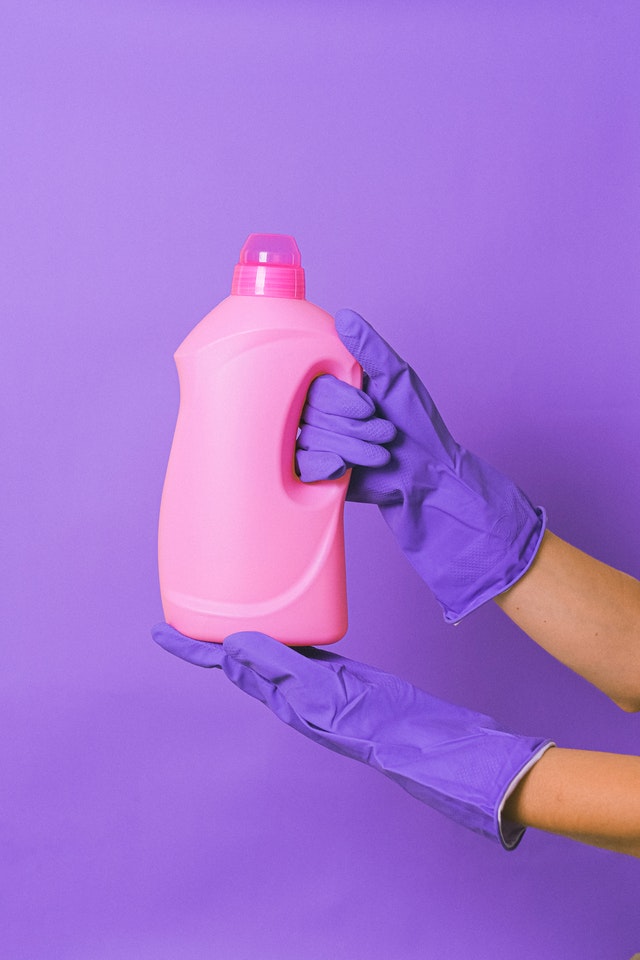Silk pillowcases have long been a symbol of elegance and indulgence, prized not only for their natural sheen and softness but also for their benefits to skin and hair. If you’ve ever wondered how to wash silk pillowcase correctly to preserve its delicate fibers and maintain its luxurious feel, you’re in the right place. In this in-depth guide, we’ll cover everything from hand washing and machine washing to ironing, drying, and choosing the right detergent. Whether you’re curious about washing a silk pillowcase by hand or learning if you can tumble dry it, this guide has you covered.
The Allure and Benefits of Silk Pillowcases
Before diving into the specifics of cleaning and maintenance, let’s take a moment to appreciate what makes silk pillowcases so special.
- Skin and Hair Benefits: Silk is naturally smooth and hypoallergenic. It helps reduce friction against your skin and hair, which can lead to fewer wrinkles and less hair breakage. Waking up with smoother skin and less frizz is a luxury you can enjoy every day.
- Temperature Regulation: Silk naturally adapts to your body temperature. It helps keep you cool in the summer and warm in the winter, ensuring a comfortable night’s sleep.
- Elegant Aesthetic: With its lustrous sheen and elegant drape, a silk pillowcase adds a touch of luxury to any bedroom décor.
- Hypoallergenic Properties: Ideal for those with sensitive skin or allergies, silk resists dust mites and other common allergens.
Because of these unique benefits, proper care is essential to preserve both the beauty and functionality of your silk pillowcase.
How to Wash a Silk Pillowcase by Hand
Hand washing is often the gentlest method for cleaning silk pillowcases, ensuring the fabric remains soft and intact. Follow these simple steps for a successful hand wash:
Step 1: Gather Your Supplies
- Cool or Lukewarm Water: Always use water that is cool or at most lukewarm to avoid shocking or damaging the silk fibers.
- Silk-Friendly Detergent: Look for a detergent specifically formulated for silk or delicate fabrics. Avoid harsh chemicals and bleach.
- A Clean Basin: Use a basin or sink that is free from any detergent residues.
- A Soft Towel: For gently drying your pillowcase after washing.
Step 2: Prepare and Soak
- Fill Your Basin: Fill the basin with cool or lukewarm water. Add a small amount of silk detergent and swirl gently.
- Immerse the Pillowcase: Submerge your silk pillowcase completely. Allow it to soak for 3-5 minutes. This soaking period is crucial as it loosens dirt and body oils without the need for heavy agitation.
Step 3: Gently Clean
- Lightly Agitate: Use your fingertips to gently massage the fabric. Concentrate on any areas with stains or visible dirt, but avoid scrubbing or twisting the fabric.
- Focus on Delicate Areas: If there are spots that need extra attention, gently dab at them with your fingers rather than using a brush, which might be too abrasive.
Step 4: Rinse Thoroughly
- Change the Water: Empty the soapy water and refill the basin with clean, cool water.
- Rinse Repeatedly: Rinse the pillowcase several times until all traces of detergent are gone. Rinsing thoroughly is important to prevent any detergent residue that might cause the silk to stiffen or discolor.
Step 5: Drying by Hand
- Press Out Water: Gently press the pillowcase against the side of the basin to remove excess water. Do not wring or twist it, as this can damage the fibers.
- Roll in a Towel: Lay the pillowcase on a clean, dry towel. Roll the towel up with the pillowcase inside to gently absorb extra moisture.
- Air Dry: Finally, lay the pillowcase flat on another dry towel in a shaded, well-ventilated area. Avoid direct sunlight, which can fade the silk over time.
This careful hand-washing process ensures that your silk pillowcase remains as smooth and luxurious as the day you bought it.
How to Wash a Silk Pillowcase in a Washing Machine
For those pressed for time, machine washing can be a convenient alternative, provided you take the necessary precautions. Here’s how to safely machine wash your silk pillowcase:
Step 1: Prepare Your Washing Machine
- Select the Right Cycle: Choose the “delicate” or “silk” cycle. These settings use minimal agitation and are designed to be gentle on delicate fabrics.
- Use Cold Water: Always wash silk in cold or lukewarm water to protect the fibers.
Step 2: Use a Mesh Laundry Bag
- Protect Your Pillowcase: Place your silk pillowcase inside a mesh laundry bag. This extra layer of protection helps prevent the pillowcase from rubbing against other items or the washing machine drum.
- Avoid Overloading: Wash your silk pillowcase with similar delicate items. Avoid mixing it with heavy or rough fabrics that could cause friction.
Step 3: Choose the Right Detergent
- Silk-Specific Detergent: Use a detergent formulated for silk or delicate fabrics. Regular detergents may be too harsh and strip the natural proteins from the silk.
- No Bleach or Fabric Softener: Bleach can discolor and weaken silk, while fabric softeners may leave residue that affects the texture.
Step 4: Washing and Rinsing
- Run the Delicate Cycle: Start the washing machine and let it run the full delicate cycle. Consider using an extra rinse cycle to ensure all detergent is thoroughly removed.
- Immediate Removal: Once the cycle is complete, promptly remove the pillowcase from the machine to prevent wrinkles or potential mildew from setting in.
Step 5: Air Dry Only
- Avoid the Dryer: Never place your silk pillowcase in the dryer. The heat and tumbling can cause severe damage, shrinking, and even tearing of the delicate fibers.
- Air Dry: Follow the air-drying process described in the hand washing section for best results.
By following these steps, you can safely machine wash your silk pillowcase without sacrificing its quality or longevity.
Can You Iron Silk Pillowcases?
Ironing silk pillowcases can be a delicate process. While silk is prone to damage from high heat, careful ironing is sometimes necessary to remove stubborn wrinkles. Here’s how to do it safely:
Step 1: Read the Label
- Check Manufacturer’s Instructions: Always start by reading the care label. Some silk pillowcases might be labeled “do not iron.”
- Test a Small Area: If you are unsure, test the iron on a small, inconspicuous section of the fabric first.
Step 2: Set Up Your Iron
- Low Heat Setting: Use the lowest heat setting on your iron, often marked as “silk” or “synthetic.” High temperatures can burn or permanently damage the silk fibers.
- No Steam: Avoid using the steam function as moisture can leave water spots on the silk.
Step 3: Use a Pressing Cloth
- Protect the Fabric: Place a thin, clean cotton cloth or a pressing cloth between the iron and your silk pillowcase. This acts as a barrier, preventing direct heat from damaging the silk.
- Quick Press: Instead of dragging the iron across the surface, gently press and lift repeatedly. This method minimizes direct contact time and reduces the risk of scorching.
Ironing should be done sparingly—often, a well-dried and properly stored silk pillowcase may not require ironing at all.
Can You Dry Silk Pillowcases?
Drying silk properly is just as important as washing it. The right drying method preserves the fabric’s delicate structure and prevents damage.
Air Drying: The Preferred Method
- Avoid Direct Sunlight: Hang or lay your silk pillowcase in a shaded, well-ventilated area. Direct sunlight can fade the natural color and weaken the fibers.
- Flat Drying for Hand-Washed Silk: If you have hand washed your pillowcase, lay it flat on a clean, dry towel. This method prevents stretching or misshaping.
- Hanging Option: If you prefer to hang your pillowcase, use a padded hanger to minimize creases.
Why Not Use a Dryer?
- Heat Damage: Dryers use high heat, which can ruin the delicate fibers of silk, causing shrinkage or permanent damage.
- Tumbling Action: The constant tumbling in a dryer can distort the fabric’s shape and texture.
By choosing to air dry your silk pillowcase, you maintain its softness, shape, and overall quality for the long term.
How Often to Wash a Silk Pillowcase
Maintaining a regular washing schedule for your silk pillowcase is essential not only for hygiene but also for maximizing its skin and hair benefits.
Regular Use: Weekly Washing
- Daily Care: If you use your silk pillowcase every night, washing it once a week is typically sufficient. This helps remove the build-up of oils, sweat, and skin cells.
- Benefits: Regular washing helps ensure that your pillowcase remains fresh and that you continue to enjoy its benefits for healthy skin and hair.
Occasional Use: Adjust Accordingly
- Less Frequent Use: If you only use your silk pillowcase occasionally, aim to wash it every two weeks. However, if you notice any odors or residue, it’s best to wash it sooner.
- Personal Preferences: Some people with sensitive skin may need to wash their silk pillowcase more frequently, while others may find weekly care to be enough.
Maintaining a consistent washing schedule not only keeps your pillowcase clean but also extends its lifespan.
Can You Put Silk Pillowcases in the Dryer?
The short answer is no—silk pillowcases should never be put in the dryer. Here’s why:
The Risks of Using a Dryer
- Heat Sensitivity: Silk fibers are extremely delicate and are easily damaged by the high temperatures found in dryers.
- Tumbling Damage: The constant tumbling motion can lead to stretching, distortion, and even tearing of the fabric.
- Loss of Luster: Dryers can strip silk of its natural sheen, leaving it looking dull and worn over time.
The Recommended Drying Method
- Air Drying: Always opt for air drying by laying your pillowcase flat on a clean towel or hanging it in a shaded area.
- Gentle Environment: Ensure that your drying space is free from direct sunlight and dust to maintain the silk’s integrity and appearance.
By avoiding the dryer altogether, you preserve the luxurious feel and longevity of your silk pillowcase.
How to Care for a Silk Pillowcase Beyond Washing
Proper care for your silk pillowcase extends beyond the washing process. Adopting thoughtful practices in storage and handling can significantly enhance its durability.
Storage Tips
- Cool, Dry Place: Always store your silk pillowcase in a cool, dry area. Avoid damp spaces, as moisture can encourage mildew growth.
- Separate Storage: Keep your silk pillowcase separate from rougher fabrics or items with zippers and hooks that might snag the delicate silk.
- Use a Pillowcase Bag: Consider storing your silk pillowcase in a fabric bag or a dedicated drawer to minimize exposure to dust and friction.
Handling and Maintenance
- Gentle Handling: Always handle your silk pillowcase with clean hands to avoid transferring oils or dirt.
- Spot Cleaning: For minor stains, consider spot cleaning with a small amount of silk-friendly detergent rather than washing the entire piece.
- Rotate Usage: If you have multiple pillowcases, rotate them to reduce wear on any one piece. This practice also extends the overall life of your silk bedding.
Taking these extra steps ensures that your silk pillowcase continues to provide the luxury and benefits you expect.
Silk Pillowcase Detergent: What You Need to Know
Selecting the right detergent for your silk pillowcase is crucial to its care and longevity.
Choosing a Silk-Friendly Detergent
- pH-Balanced Formulas: Look for detergents specifically formulated for silk or other delicate fabrics. These are typically pH-balanced to be gentle on the fibers.
- No Harsh Chemicals: Avoid detergents containing bleach, enzymes, or harsh additives that can break down the silk proteins.
- Natural Alternatives: In a pinch, a very diluted baby shampoo can be used as an alternative, though products designed for silk are always preferable.
How to Use the Detergent
- Dilute Properly: Always dilute the detergent in water before adding your silk pillowcase. This minimizes direct contact with concentrated chemicals.
- Follow Manufacturer Instructions: Read both your pillowcase care label and the detergent instructions to ensure compatibility and avoid mishaps.
Using the proper detergent not only cleans your silk pillowcase effectively but also preserves its natural luster and softness.
How Often to Wash Satin Pillowcases
Although satin pillowcases are not made of silk, they share many similarities in terms of care and maintenance. Here’s how to approach washing satin pillowcases:
Washing Frequency for Satin
- Weekly Cleaning: If you use a satin pillowcase daily, washing it once a week is recommended. This helps maintain hygiene and reduces the buildup of oils and dirt.
- Observing Your Needs: Like silk, if you notice that your satin pillowcase is becoming oily or stained, consider washing it more frequently.
Care Considerations
- Gentle Detergents: Use a similar gentle detergent as you would for silk. Avoid harsh chemicals to maintain the smooth texture.
- Air Drying: Just like silk, satin pillowcases are best air dried rather than machine dried.
Following these guidelines ensures that your satin pillowcase remains as elegant and beneficial as it should be.
Can You Tumble Dry a Silk Pillowcase?
In addition to avoiding the dryer altogether, it’s important to understand why tumble drying is particularly harmful to silk pillowcases.
The Impact of Tumble Drying
- Mechanical Stress: The tumbling action in a dryer causes continuous friction, which can lead to pilling, tearing, or distortion of the silk fibers.
- Heat Exposure: The heat from tumble dryers can shrink the silk, disrupt its natural structure, and diminish its natural shine.
- Loss of Softness: Silk’s softness and natural drape are compromised by the aggressive action of a dryer, leaving the fabric less luxurious to the touch.
Recommended Alternatives
- Always Air Dry: As emphasized throughout this guide, air drying is the safest and most effective method for drying silk pillowcases.
- Flat Drying: Lay your pillowcase flat on a towel or drying rack in a shaded, well-ventilated area to allow it to dry naturally without stress.
By completely avoiding tumble drying, you protect your silk pillowcase from irreversible damage and maintain its high-end feel.
Final Thoughts
Caring for your silk pillowcase properly is an art that combines gentle washing, careful drying, and smart maintenance practices. Whether you prefer to wash it by hand or use the delicate machine cycle, following these guidelines will help you preserve its luxurious qualities for years to come. Let’s recap some of the key points:
- Hand Washing: Use cool water and a silk-friendly detergent, gently agitate, rinse thoroughly, and air dry.
- Machine Washing: Always use the delicate cycle, place your pillowcase in a mesh bag, and avoid harsh chemicals.
- Ironing: If necessary, use the lowest heat setting with a pressing cloth, but try to minimize ironing altogether.
- Drying: Air drying is the only safe method—never use a dryer or tumble dry.
- Detergent: Choose a pH-balanced, silk-specific detergent to keep the fabric’s natural properties intact.
- Frequency: For daily use, wash your silk pillowcase weekly, while satin pillowcases may require similar care.
- Additional Care: Store your pillowcase in a cool, dry place, handle it gently, and rotate usage to prolong its life.
Your silk pillowcase is not only a luxurious addition to your bedding but also a valuable tool for enhancing your beauty sleep. By investing a little extra time in proper care, you ensure that every night, as you lay your head on this delicate fabric, you enjoy the full benefits of its natural elegance and sophistication.
Thank you for taking the time to explore our comprehensive guide on how to wash silk pillowcase. We hope you now feel confident in maintaining your silk and satin bedding so that it continues to offer you the luxury, comfort, and benefits you deserve. Embrace these practices and let your sleep environment reflect the care and elegance of your lifestyle. Happy washing, and may every night be filled with the softness and beauty of perfectly cared-for silk!




